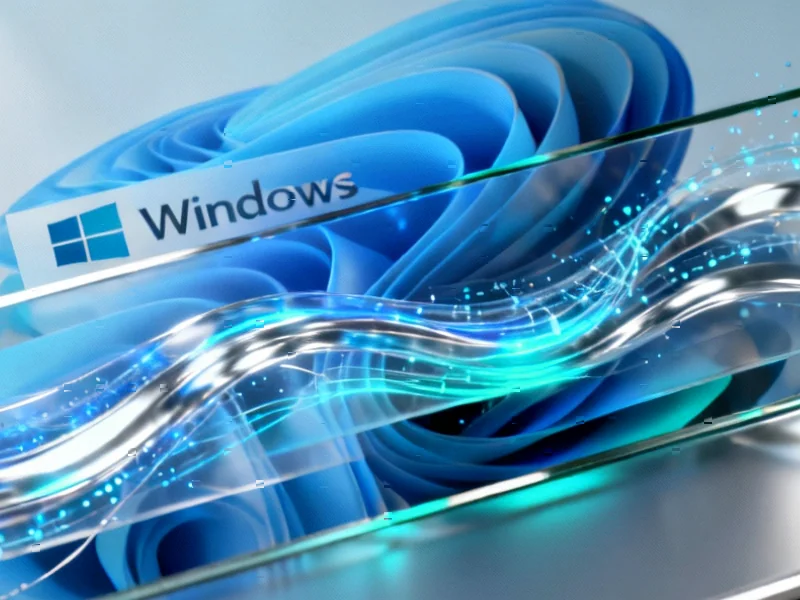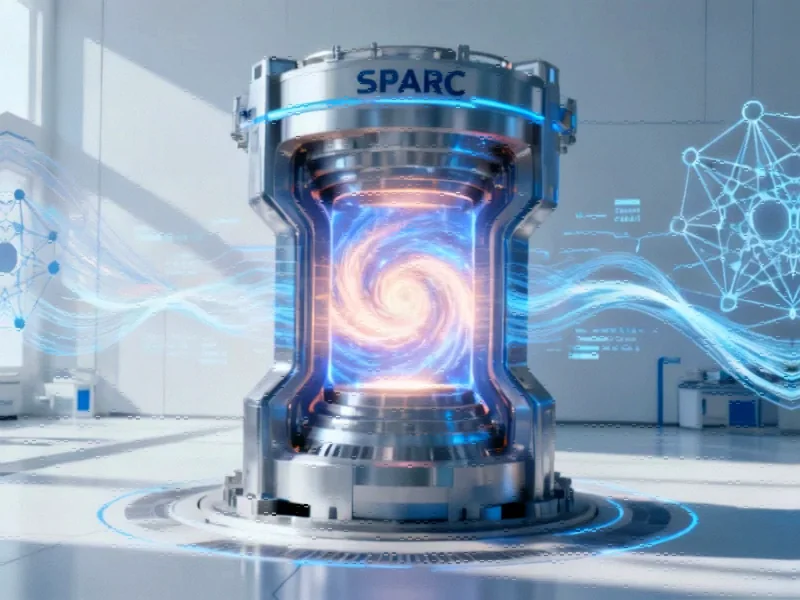Microsoft’s AI-Driven Vision for Windows 11
With Windows 10 reaching its end-of-life, Microsoft is doubling down on its commitment to transform Windows 11 into an AI-native operating system, according to reports. The company aims to integrate its Copilot AI as a core component of the OS, moving beyond it being a mere add-on tool. Sources indicate that this shift is designed to make AI a fundamental part of the Windows experience, enabling more intuitive and automated workflows for users.
Table of Contents
Leadership Insights on AI Integration
Stefan Kinnestrand, Vice President at Microsoft, emphasized that “Windows leads the AI-native shift,” evolving into a platform that is secure, scalable, and built for agentic work. Analysts suggest that this direction is part of Microsoft’s broader strategy to help organizations innovate and adapt in a rapidly changing business landscape driven by AI. Kinnestrand added that with these AI features, businesses gain an enterprise-grade foundation for safe and effective AI-powered operations, unlocking new levels of productivity and agility.
Hardware and Software Synergy
The report states that Copilot+ PCs will serve as the hardware backbone for this AI push, with software enhancements delivering breakthrough performance and native AI experiences. Initially, these advanced features will be available primarily to users who own Copilot+ PCs, though Microsoft plans to weave Copilot into standard Windows 11 systems over time. This approach, sources indicate, is intended to make AI capabilities more accessible without requiring all users to upgrade their hardware immediately.
New AI Features for Enhanced Productivity
Microsoft is introducing several AI-driven features to streamline user interactions. Copilot Voice will allow voice-activated commands for searching and automating tasks, aiming to make daily work more intuitive and hands-free. Meanwhile, Copilot Vision will provide real-time screen analysis and instructional guidance, though both features will require opt-in permissions for privacy. Additionally, Copilot Action will enable AI agents to perform tasks like opening apps or changing settings based on context, though analysts note these may not represent groundbreaking innovations.
Focus on Seamless User Experience
Kinnestrand argues that Windows 11 and its AI integrations are designed to make technology feel invisible, allowing employees to concentrate on meaningful work. The Microsoft ecosystem, with fully integrated AI, aims to reduce complexity and deliver seamless experiences across teams and tools. Finally, the ‘Click to Do’ tool will let users execute actions such as scheduling meetings or launching tasks directly from their workspace with a single click, further enhancing productivity.
Implications for the Future of Computing
This push toward an AI-native Windows 11 signals a significant shift in how users interact with their devices, promoting voice and automated commands as standard. As Microsoft continues to embed AI into its operating system, the report suggests that this could set a new benchmark for productivity and cross-platform intelligence in the tech industry.
Related Articles You May Find Interesting
- Inflation Data Under Scrutiny: Government Shutdown Casts Doubt on Critical Econo
- Axelera AI’s Europa Chip Redefines Edge AI Performance Standards
- New England Grid Operator Initiates Major Review of 26 Renewable Energy and Stor
- Accenture’s Former CTO Joins Google Cloud to Drive AI and Public Sector Growth
- UK’s £1.7bn Cloud Dependency Exposed as AWS Outage Reveals Critical Infrastructu
References & Further Reading
This article draws from multiple authoritative sources. For more information, please consult:
- https://hawk.ly/m/aura-parental-control/i/techradar-onsite-bg-parentalcontrol
- https://hawk.ly/m/qustodio-premium/i/techradar-onsite-bg-parentalcontrol
- https://hawk.ly/m/net-nanny-family/i/techradar-onsite-bg-parentalcontrol
- http://en.wikipedia.org/wiki/Windows_11
- http://en.wikipedia.org/wiki/Operating_system
- http://en.wikipedia.org/wiki/Personal_computer
- http://en.wikipedia.org/wiki/Microsoft_Windows
- http://en.wikipedia.org/wiki/Microsoft
This article aggregates information from publicly available sources. All trademarks and copyrights belong to their respective owners.
Note: Featured image is for illustrative purposes only and does not represent any specific product, service, or entity mentioned in this article.



